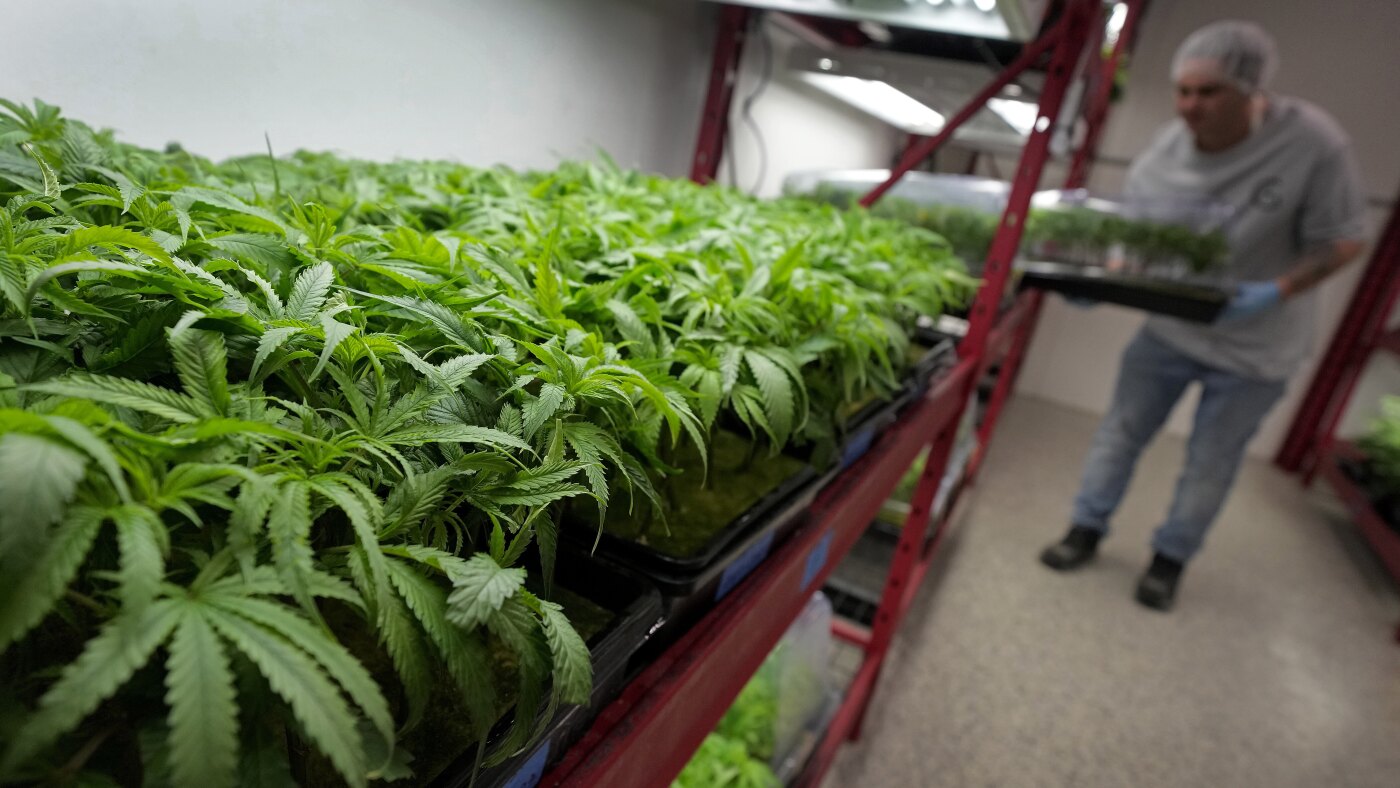This is the time of year when indoor houseplants come back into clear focus. Where have they been? We spent our entire summer paying attention to things outdoors. Without question, most houseplants in Alaska suffer as a result.
Given that we do have such a unique fixation with our summer flowers and vegetables, it comes as a surprise to many Alaskans that the No. 1 plant category in the U.S. now happens to be houseplants. Something about the pandemic is the probable cause. People fell in love with their plants and started to buy more.
The internet also has something to do with the heightened interest in houseplants. It is not always easy to get plants shipped up here throughout the year, but fortunately local nurseries and box stores bring them in when you cannot rely on mail, and as long as the car is heated, they can be easily transported home.
Of course, many of us in Alaska have some very special houseplants that we simply cannot let die. These were brought up the Alaska Highway when we moved here. A snippet from, say, Grandma’s Christmas cactus became instant family when settling so far away from home. Today, that Christmas cactus has extremely high sentimental value (not to mention size). So start paying attention.
First of all, your house’s heating system has kicked in for the winter. Make sure all your plants are appropriately situated away from heat sources (as well as drafts). This is when I start getting questions about spider mites. Look for tiny mites and webs at intersections of stem and leaves and underneath leaves as well as sap under plants.
Thrips are another complaint. These tiny, annoying flies lay eggs in soil. Keep the soil surface dry or put paper over soil so females won’t lay eggs.
Humidity is sometimes of concern. My vote is to keep plants that don’t care (like mother-in-law tongues, spider plants, philodendrons — the big ones) for around the house. If you want a collection of something, say African violets or gloxinia, set up a room or a location where you can add humidity, maybe even enough to fog the windows occasionally! A humidifier works, obviously.
Of course you should clean up your plants. Get rid of dead leaves and those that are half dead as they are not coming back. Shape the plant if it needs it.
Less obvious is whether to repot a plant. If it has outgrown its container, go for it. If not, water regularly and see how it does. If it looks healthy, leave it alone.
A little bit of store-bought compost or even homemade compost on the soil surface is a good idea. The compost should be enough, but you can add diluted commercial ferts, preferably organic if you see new growth.
One reason why you might see new growth is because you finally took my strongest advice and set up a system to provide extra light to your plants. Whether you grow a collection of plants under it or simply move plants around to give each a turn at some “sun” this winter, set things up now. You will enjoy the results for nine months, not three, and you will be able to start seeds under it, both this winter as well as next spring.
In the early days of this column, I suggested a double or quadruple, fluorescent, shop light fixture. Today I urge you to just hop on the internet and search “Indoor plant lights.” You will find something to suit your needs be it the above suggestion, T-5 bulbs or one of myriad other options. You can and should buy locally, however, if possible. We gotta stick together.
Jeff’s Alaska Garden calendar:
Alaska Botanical Garden: Have you joined? There is as much going on there in the winter as there is in the summer.
Faucets: Did you disconnect hoses and timers and turn off the outdoor water? Had troubles in the past? Get and use a foam faucet cover.
Driveways and walks: Mark them so you know where the snow should be piled.

:quality(70)/cloudfront-us-east-1.images.arcpublishing.com/adn/HVCTCTSJEZE4XFZSQJS2WVBUEA.jpg?ssl=1)


































